

Check out the antics of our newest black howler monkey troop member in Rainforest Revealed!
It’s been a baby bonanza at our Zoo over the last few months! Read on to learn more about each of the new babies we’ve welcomed.
Expedition Africa
- Female Eastern Bongo calf, Wubbie

Age: 1 month
Where to find her: Take a trip on our Cape to Cairo Express train for a chance to see Wubbie and the rest of our Eastern bongos! They can be fairly elusive, so pay extra attention to the bushes in this habitat.
All about her: Even at a month old, Wubbie has a lot of energy and is very curious about everything – including her animal care team! She will even come up to keepers to take things to nibble on like browse and lettuce. While she hangs out with all our bongos, she seems to love hanging out with her older (by only a few months!) brother, Rio. See below!
- Male Eastern bongo calf, Rio
Age: 5 months
Where to find him: Like his half-sister, Rio can potentially be seen from our train!
All about him: Little Rio is growing up quickly. He has little horns now and loves treats like lettuce and biscuits. He is a little more shy than his younger sister but does enjoy scratches through the fence by the keepers. He’s an independent little guy.
- Klipspringer calf
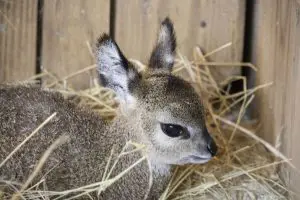 Age: 1 month
Age: 1 month
Where to find him: Although he had some initial medical issues at birth, this little one is growing stronger each day! He remains behind-the-scenes with his parents, Ajabu and Deborah, but we’ll update you once he starts exploring their main habitat.
All about him: He’s still nursing from mom, but his animal care team has seen him mouthing browse and hay – a major developmental milestone! He has started to be a bit more active, and they’ve even seen him play spar with his dad!
Lands of Change
- North Sulawesi babirusa piglets
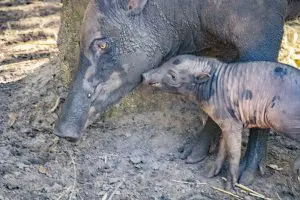 Ages: 1 month
Ages: 1 month
Where to find them: The duo has started making trips out to their Lands of Change habitats, which are toward the end of the loop.
All about them: These two boys started exploring some of our babirusa habitats with mom! They nibble solids, and they’re watching mom and starting to mimic behaviors like rubbing and wallowing. They’ve started introductions called “howdys” with their brothers, Billy and Bob, and dad, Meru. These introductions are under the watchful eye of mom, Piggy – and the older males are kept separated from the piglets by a fence.
- Red kangaroo joey, Poppy
 Age: 10 months
Age: 10 months
Where to find her: Poppy lives in our Kangaroo Walkabout.
All about her: This independent lady has stopped hopping into the pouch of her mom, Lily. Although she’s eating solid foods, she occasionally nurses from mom, too.
Rainforest Revealed
- Black howler baby
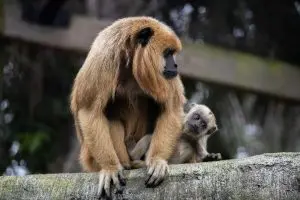 Age: 2-months
Age: 2-months
Where to find him: Typically, in our Flooded Forest habitat, across from our Baird’s tapirs.
All about him: This little one was seen climbing off the back of mom, Baya, for a little walk around! He’s also started trying solid foods – sweet potato seems to be a favorite!
- Cotton-top twins
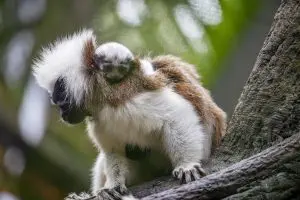 Ages: 1 month
Ages: 1 month
Where to find them: Across from our squirrel monkeys in our Rainforest Revealed area.
All about them: We’re still not sure of the sexes for these two little ones – keepers are being as hands off as possible with the family. The duo has been seen clinging to their older brothers Rudy, Archie and Albie as well as parents Luna and Cricket. They’ve even started exploring on their own for short amounts of time!
- Emerald tree boa snakelets
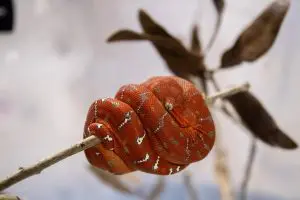 Ages: 3 months
Ages: 3 months
Where to find them: These 11 (yes, 11) snakelets live behind-the-scenes in our Venom House!
All about them: Weighing in at a whopping 1¼ ounces each (on average), our snakelets have already had their first shed and are learning how to strike their prey accurately. Their names are Relish, Spicy Ramen, Wedge, Jalapeno, Avocado, Pickle, Dill, Trout, Kiwi, Olive and Matcha. While the parents of this species don’t raise their young, our Herps and Aquatics keepers are keeping a close eye on them!
Brevard Zoo is an independent, not-for-profit organization that receives no recurring government funding for our operating costs. Your generous support enables us to continue to serve our community and continue our vital animal wellness, education and conservation programs.
